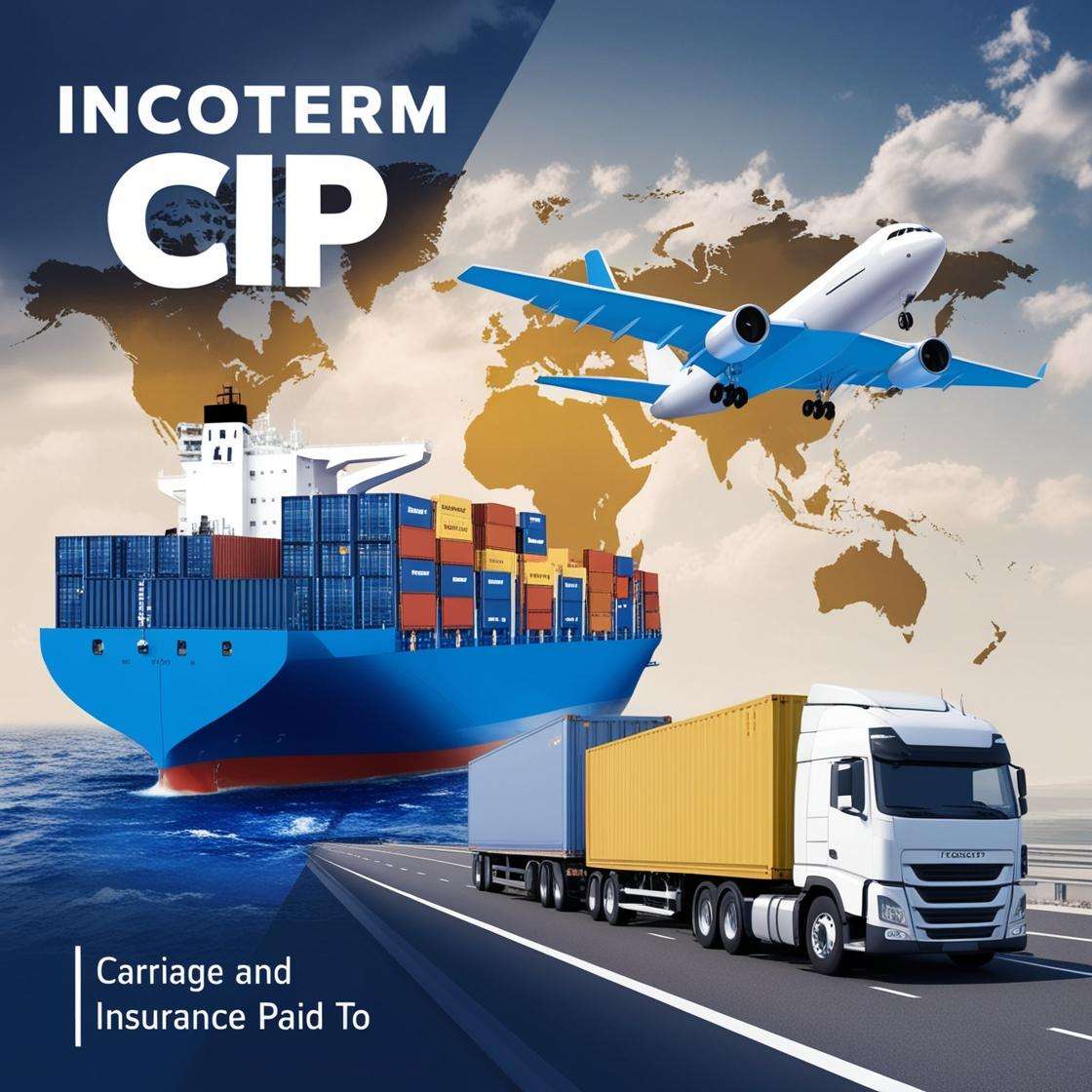International Chamber of Commerce (ICC) Official Term
CIP Incoterm: Definition & Responsibilities
Comprehensive guide to understanding Carriage and Insurance Paid To (CIP) Incoterm: roles, responsibilities, and risk transfer between buyers and sellers.
Based on Latest Incoterms® 2020 Rules
Updated for Trade Practices
Real Case Studies Included

Transport
Seller arranges & pays
Insurance
Seller provides
Risk Transfer
At origin (first carrier’s point)
